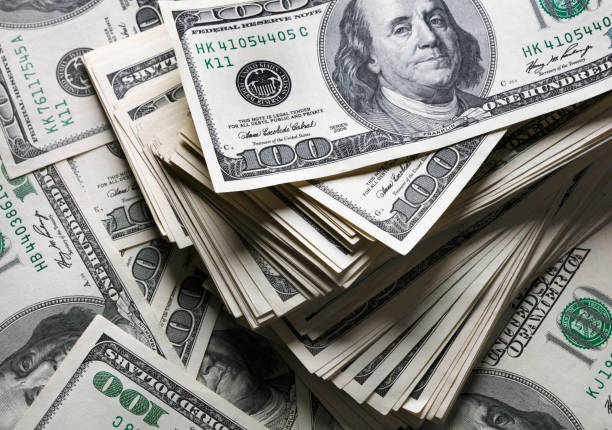The establishment of the U.S. dollar as the dominant reserve currency was a transformative outcome of the Bretton Woods Agreement in 1944. With the dollar pegged to gold at a fixed rate and other global currencies tied to the dollar, this system provided the stability needed to rebuild war-torn economies and facilitate international trade. Backed by the vast economic strength and gold reserves of the United States, the dollar became the cornerstone of the global financial system. This pivotal moment not only cemented the U.S.’s leadership in international finance but also set the stage for decades of economic cooperation and growth.

The Economic Context Post-WWII
- Devastation of Global Economies:
- World War II left many nations with depleted resources and economies in ruins, creating a need for a stable international monetary system to support recovery and trade.
- The U.S. Economic Advantage:
- By the end of the war, the U.S. controlled approximately two-thirds of the world’s gold reserves and emerged as the leading economic power, positioning the dollar as the logical anchor for global finance.
How the Dollar Became the Reserve Currency
- The Bretton Woods Agreement:
- Participating nations agreed to peg their currencies to the U.S. dollar, which was tied to gold at a fixed rate.
- This system provided a stable exchange rate mechanism and facilitated international trade.
- Gold Convertibility:
- The U.S. dollar’s convertibility into gold reassured nations of its intrinsic value, bolstering global confidence in the currency.
The Benefits of Dollar Dominance
- Facilitating Global Trade:
- The dollar became the primary medium for international trade and investment, simplifying cross-border transactions.
- Liquidity and Stability:
- The U.S. provided liquidity to the global economy through its currency, enabling post-war reconstruction and economic growth.
- Strengthening U.S. Influence:
- As the world’s dominant reserve currency, the dollar solidified the U.S.’s position as a global economic leader.
Challenges to the Dollar’s Dominance
- Economic Imbalances:
- By the 1960s, U.S. trade and budget deficits raised concerns about the dollar’s ability to maintain its gold convertibility.
- The Nixon Shock (1971):
- Rising demand for gold redemption by foreign nations depleted U.S. gold reserves, leading President Nixon to suspend dollar convertibility into gold, effectively ending the Bretton Woods system.
The Legacy of the Dollar as a Reserve Currency
- Continuing Dominance:
- Despite the collapse of the gold standard, the dollar remains the world’s primary reserve currency, used in the majority of global trade and held by central banks worldwide.
- Gold’s Role in the Transition:
- The dollar’s initial dominance was inextricably tied to its link to gold, underscoring the importance of trust and stability in monetary systems.
The establishment of the U.S. dollar as the dominant reserve currency during the Bretton Woods era laid the foundation for the modern global financial system. While the link between the dollar and gold eventually dissolved, the dollar’s position as the centerpiece of international finance endures, highlighting the pivotal decisions made in the aftermath of World War II.
